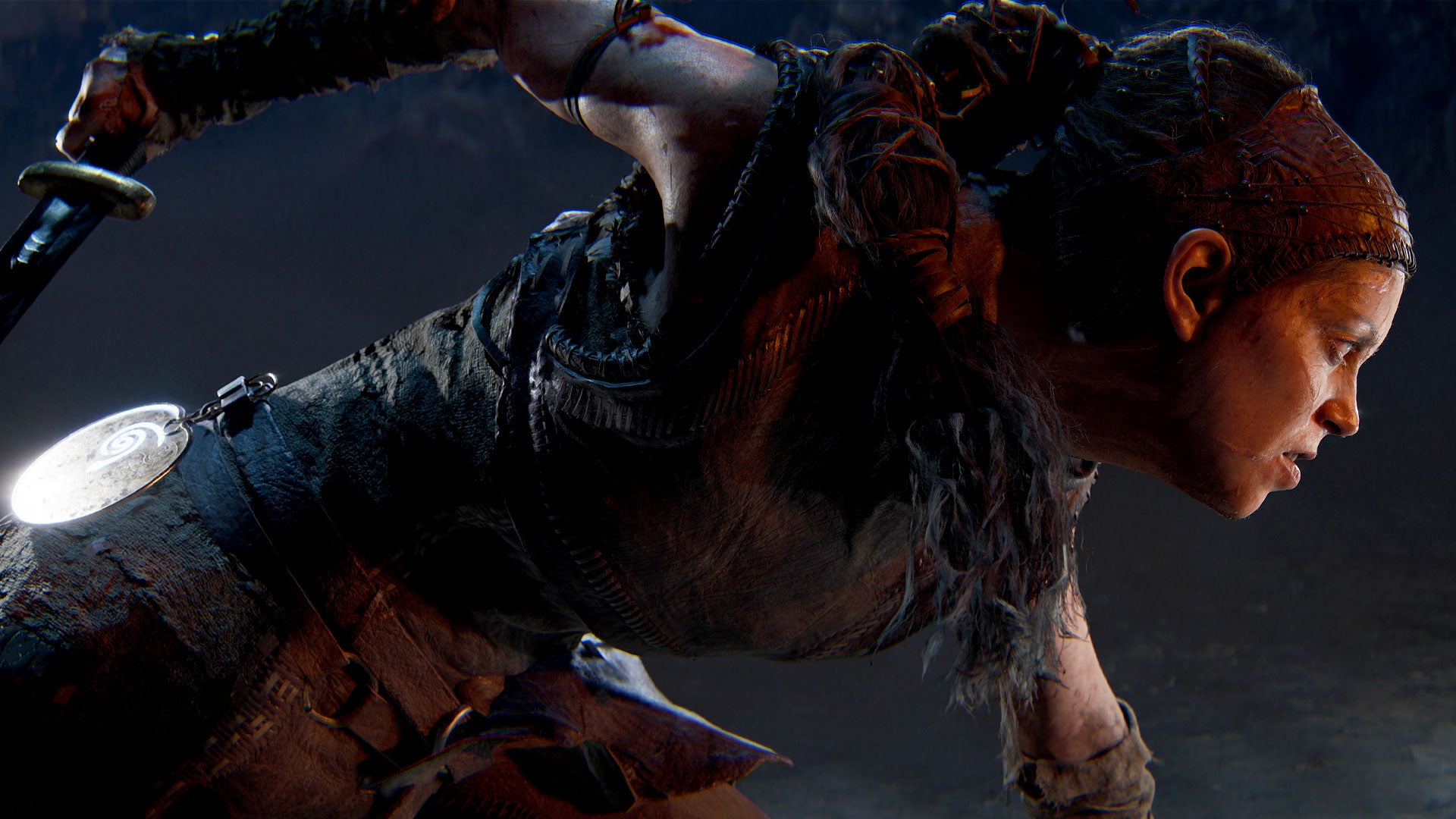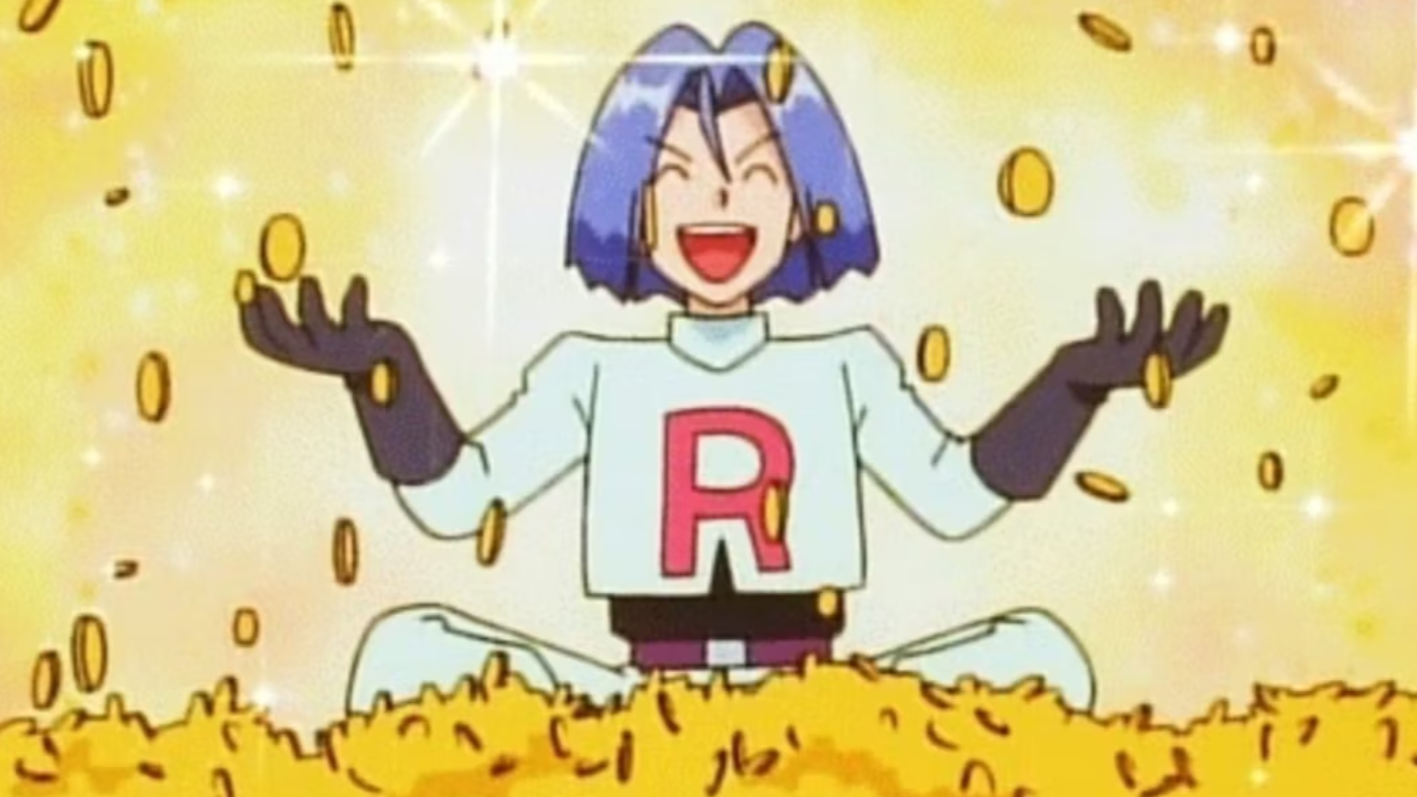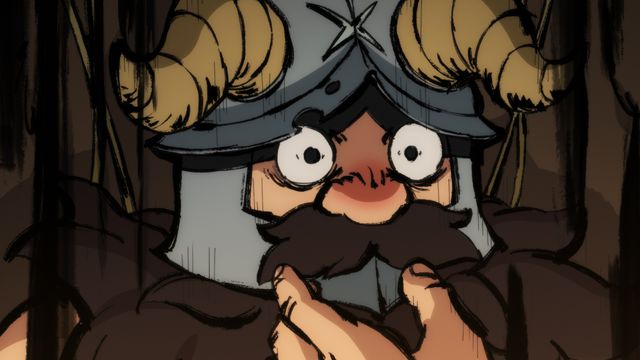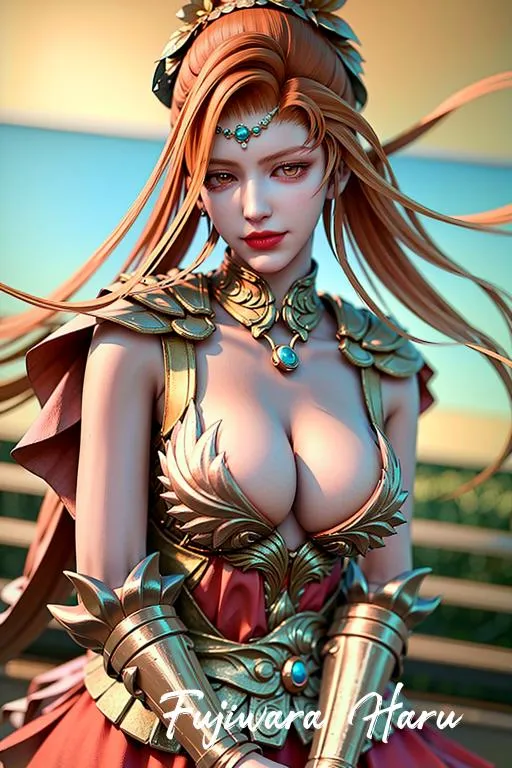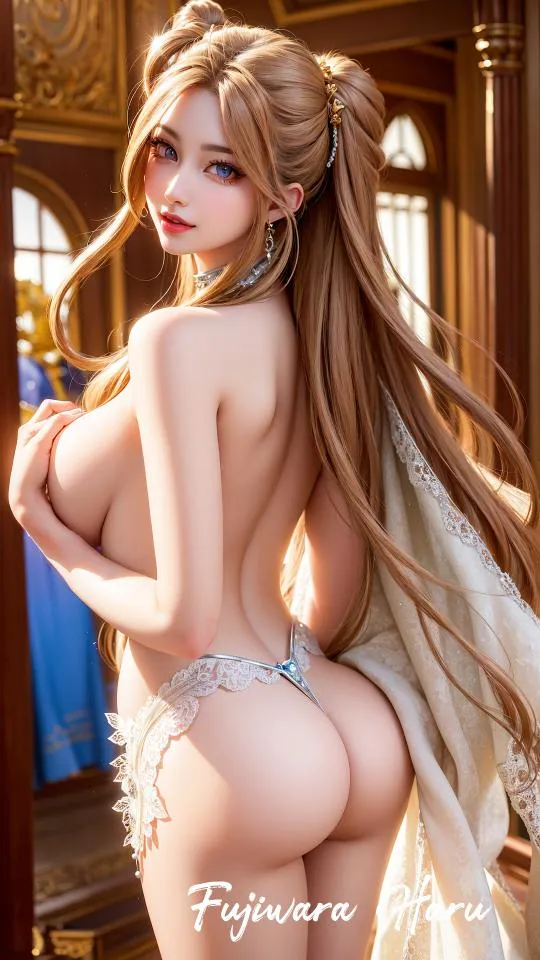As I slowly worked my way through an Icelandic settlement freshly ravaged by rampaging Northmen, I found myself flanked by bubbling volcanic pools and a pile of mangled corpses left to rot by their creators. Ahead, along a bloodied path stretching into the distance, dread-fuelled bellows soundtracked an ominous pulsating glow. It was the sort of glow that erupts into the night sky as if the Earth’s core is trying to escape from its shell – a deep orange light that bursts and fades like the heartbeat of the Devil himself. It was a nightmare scenario, but one that only made me want to delve deeper into what further terrors await me in Senua’s Saga: Hellblade 2.
Following the traumatic events of the first game, Senua is now on a journey to Iceland to hunt down the Vikings who destroyed her home. But not all is as it seems on the Scandinavian island, as otherworldly creatures like Draugr and Giants roam its shores. I spent a good portion of my playtime listening to the death echoes of a recently pillaged village, learning about what had happened there, before moving inland to be welcomed by a frightening ritual scene delivered from Hell. Here, I met a mysterious man set to be the ritual's next sacrifice, before Senua intervened in an attempt to rescue him. He clearly has a connection to Senua’s past, but the rest remains unknown. Much of the story of Hellbade 2 is still shrouded in mystery to me despite having played nearly an hour of it.
This sort of story-first ethos in a high production value package is one you'd more typically expect from a PlayStation Studios game – not only in Hellblade’s aesthetic and setting similarities with Sony Santa Monica’s God of War, but also in the way it approaches its mature subjects of family trauma and mental health issues. As those familiar with the original will know, though, Hellblade 2 plays much differently from GoW, instead opting to emphasise even further its priority of narrative ambitions over action.
Speaking of action, this is a game of exploration and extermination. That brings us to combat. Encounters may seem familiar at first – they still take place in walled-off arenas and demand every enemy be defeated before progressing on – but there are tangible differences to be found as well. Each swing of the sword comes with a heavier weight to it, emphasising the damage every plunge into a foe’s flesh causes. Dodging and parrying remain key components, just as reading the rhythm of your opponent's attacks stays vital to your survival. These tells are something you’ll need to keep an extra keen eye on this time around, too, as the parry window for Senua to meet steel with steel appears far less forgiving.
The improvements to combat were best displayed in an intense battle that occurred right at the end of the playable sequence. A procession of around a dozen enemies faced off against me with no respite allowed. This battle demonstrated the increased variety of enemy types, with new foes emerging from the shadows to replace their fallen allies. They delivered both quick ranged attacks and heavy close-up blows that put my (admittedly rusty) skills to the test. All of this occurred while all hell seemingly broke loose around me, as innocent victims met swift and vicious demises while fire, flames, and all manner of horror filled each corner of the screen. It was thoroughly exciting and felt like an improvement over the original’s rigid by-comparison combat. Again, it’s not reinventing the wheel here, but turns things up a few notches, adding a desperate edge to each encounter.
Combat director Benoit Macon cites Game of Thrones’ Battle of the Bastards as an inspiration, in which an outnumbered Jon Snow takes on enemies one by one amid a frantic battle. The variety of swings, blocks, and parries executed within the minute-long scene were the key takeaways and resulted in Ninja Theory making every fight a one-on-one duel. Action can happen around Senua, but there’s never more than one enemy attacking her at any time. Instead of increasing the scale of fights, there is a far greater increase in the number of different combat animations. I saw many varied brutal sword swings and flesh-slicing finishers over just a handful of encounters, each performed with believable weight and purpose.
This combat approach, along with the environment, story, and visual design, immerses the player further into Senua’s struggle. Unsurprisingly for a studio this focused on the cinematic, performance capture has been used for each and every battle maneuver, resulting in what feels like a real step up when compared to the first game. Nothing illustrates this quite like the fact that it took around 70 hours to record all of Hellblade 2’s combat moves in a large, purpose-built motion capture stage at Ninja Theory’s studio. The original Hellblade’s combat performance capture, on the other hand, was recorded in just two days in a small boardroom, where if a prop sword was swung too high it would strike the ceiling. The extra time taken and effort put in really shows, with fights seamlessly flowing as each enemy is dispatched in a different manner from the one before it.
Outside of combat, puzzles will also be largely familiar to any who played Senua’s Sacrifice. As I tried to leave the battle-torn village, I was met with a swirling vortex of bones and limbs emitting an unwelcoming red light. In order to remove this barrier I’d need to find three runic shapes in the world, which required a reasonable level of exploration and lateral thinking. They were by no means overly challenging, but something I couldn’t help but feel I’d done a few too many times already in the original. I hope these challenges develop in complexity as the adventure moves on.
It’s an adventure whose cinematic aspirations can be felt in every frame, in part thanks to an anamorphic cinema lens attached to the in-game camera. From this viewpoint, shades of the psychological dances with death along rugged Scandinavian coastlines in Ingmar Bergmann's The Seventh Seal and the bold flashes of otherworldly colour synonymous with 1970s Dario Argento movies can be observed. But by far the most tangible touchstone is the films of Robert Eggers – Hellblade infuses the mythic Norse setting of The Northman with the murmuring dread that serves as the undercurrent to The Witch's folk horror.
It’s not all horror in this world, though, with plenty of room left for wonder. An example of this is a new type of puzzle that emerges in these lands more organically. A rock may appear as a face when viewed from a certain angle, which can be focused on to reveal a new path. At the end of this path sits a tree that rewards you with extra story details. This sort of trick-of-the-eye environmental puzzle only helps you embed yourself into the world as seen through Senua and step into her mind even further.
Talking of Senua’s mind, we can’t not touch on Melina Juergens’ impressive performance as the protagonist. In many ways, it is key to the immersion, demonstrated in how the camera finds every opportunity to close in on her, such as capturing a moment when the blood of someone being slaughtered above drips onto her wonderfully nuanced face. It’s all a credit to the top-tier performance capture technology and Juergens’ wildly expressive eyes and subtle facial twitches.
That face regularly looks set to burst with fear, something the psychosis-induced voices of the Furies residing in her head only add to. Perpetually chattering voices can be annoying in games, and if done poorly here could easily result in a laughable imitation of the many shades of Smeagol. But it's to its credit that Hellblade’s accompanying whispers and screams never irritate, instead, assisting in combat and dripfeeding background intrigue. It’s top-tier sound design that, much like in the first game, really comes to life when played with headphones, allowing for the binaural audio recordings to surround your head like it's in the centre of a whirlpool.
All of this focus on presentation and story does run the risk of Senua Saga’s gameplay not always being the focus, and ultimately feeling a little one-note. This is certainly a criticism that can be fairly leveled at its predecessor, and from the 45 minutes I’ve played of Hellblade 2, it’s not initially apparent that things have moved on a great deal since then. Puzzles and combat definitely feel more refined than reinvented, capturing a similar cadence to that felt in 2017, albeit with interesting new wrinkles.
But that familiarity never diminished from what makes both the original Hellblade and this new chapter so good, though. Its ambitious narrative and accomplished cinematic framing far outweigh whatever shortcomings may be hidden underneath, and the incredible technology powering its beautifully ugly world is a sight to behold. It’s all shaping up to be another riveting, haunting, and uncompromisingly immersive nightmare of both Senua’s and Ninja Theory’s creation, and one I can’t wait to both enter, and escape, later this year.
Simon Cardy is ready for another trip to Hell. Follow him on Twitter at @CardySimon.
